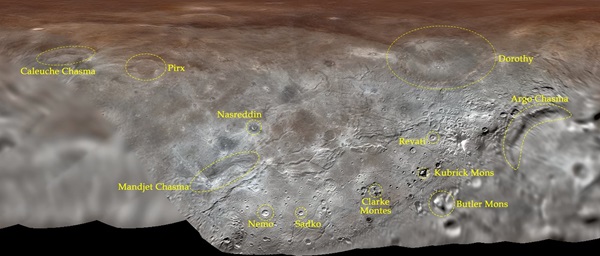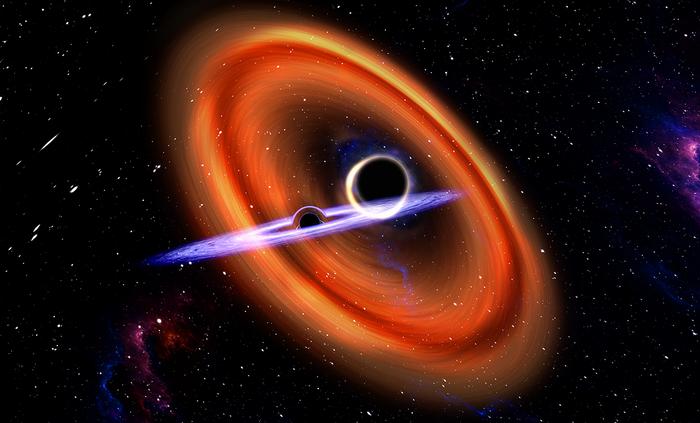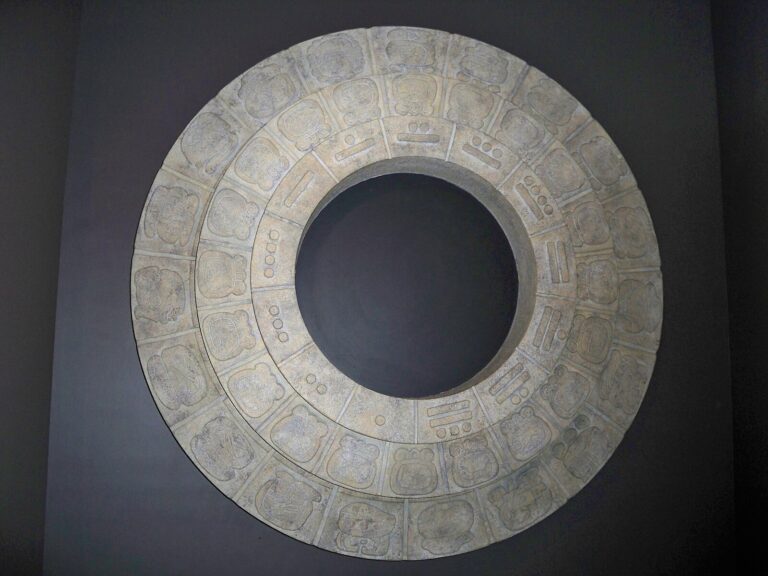Key Takeaways:
On April 6, the IAU Working Group for Planetary System Nomenclature released its approved names for seven faculae on Mercury. Faculae are bright surface features that stand out against the surrounding terrain. The term facula not only refers to bright spots in the field of planetary science (from the Latin term for “little torch”), but also derives from the snakes that appear on the Roman god Mercury’s staff. On Mercury, faculae are associated with past volcanic activity; these features have also been seen on Venus, Ceres, Ganymede, and other solar system bodies. In February, the same group approved the theme “word for snake” in various languages from around the globe as a naming convention for Mercury’s faculae. In keeping with that theme, the newest features to boast are: Abeeso Facula (Somali), Agwo Facula (Igbo), Nathair Facula (Irish), Neidr Facula (Welsh), Suge Facula (Basque), Thueban Facula (Arabic), and Slang Faculae (Afrikaans).
- Argo Chasma, named for the ship sailed by Jason and the Argonauts as they quested for the Golden Fleece
- Butler Mons, named for Octavia E. Butler, the first science fiction writer to be awarded a MacArthur fellowship
- Caleuche Chasma, named for a mythological ghost ship that collects the dead as it travels along the coast of Chile.
- Clarke Montes, named for famous science fiction writer Sir Arthur C. Clarke
- Dorothy Crater, named for the lead character in L. Frank Baum’s books about Oz, Dorothy Gale
- Kubrick Mons, named for film director Stanley Kubrick
- Mandjet Chasma, named for the boat that carried the Egyptian sun god Ra (or Re) across the sky
- Nasreddin Crater, named for a folklore protagonist who appears in stories throughout the Middle East, southern Europe, and Asia
- Nemo Crater, named for the captain of the fictional submarine Nautilus
- Pirx Crater, named for the protagonist in a series of stories written by Stanislaw Lem
- Revati Crater, named for the lead character of the Hindu epic Mahabharata
- Sadko Crater, named for an adventurer in the Russian tale of Bylina











